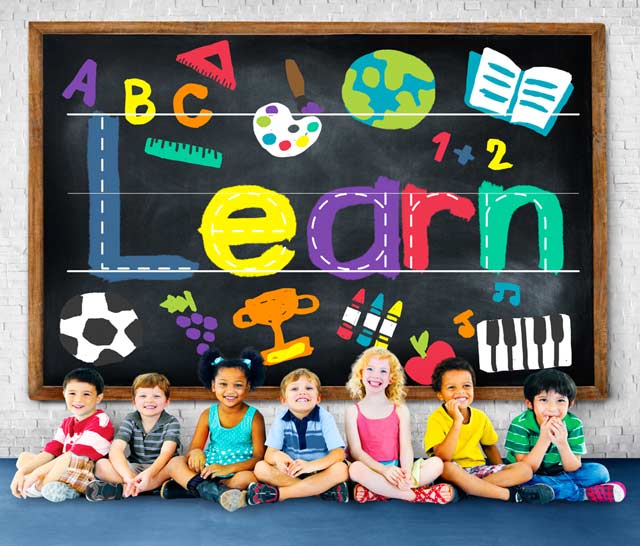 As a strategy to teach decoding, students can learn to identify and categorize within 6 syllable types. The acronym CLOVER helps students to remember the 6 types.
As a strategy to teach decoding, students can learn to identify and categorize within 6 syllable types. The acronym CLOVER helps students to remember the 6 types.
- Closed
- Consonant Le
- Open
- Vowel Pair
- Magic E
- Bossy R
Once students develop an understanding of these six syllable types and can accurately code words by categorizing the syllables, then this learning can be applied to multi-syllabic words to help with more advanced decoding. That said, the English language has many exceptions, so relying only on syllabication rules isn’t full proof. But it’s a good tool to have available. Here’s how it works:
- Closed syllables produce a short vowel sound, such as cat, box, red, or ten/der.
- Consonant Le syllables are found at the end of a word and include the consonant that comes before the Le, such as trou/ble, bub/ble, or jun/gle.
- Open syllables allow a vowel to say its name. When a vowel says its name, we call it a long vowel.
Examples include he, no, mo/ment, or va/ca/tion.
- Vowel pairs are generally digraphs, which means that two vowels make only one sound. Another rule that helps here is that “when two vowels go walking, the first one does the talking.” Examples of syllables containing a vowel pair include teacup, steel, or tie.
But English has a lot of exceptions, just to keep things challenging. Other examples of vowel pairs where the first vowel DOES NOT do the talking include great, steak, or moon.
- Magic E words are the famous “silent E.” A little fairy dust gets sprinkled around the magic E to make the vowel before the consonant say its name. Examples include cake, bike, tone or microphone. Magic E words become a little more confusing to identify when a suffix is applied, such as making or toner.
- Bossy R words describe syllables where a vowel precedes the R and the R sort of takes over. Examples of these syllables include car, nor, fur, stir, turn or driver.
Board Certified Educational Planner and Learning Specialist
My Learning Springboard
Other Posts You May Like